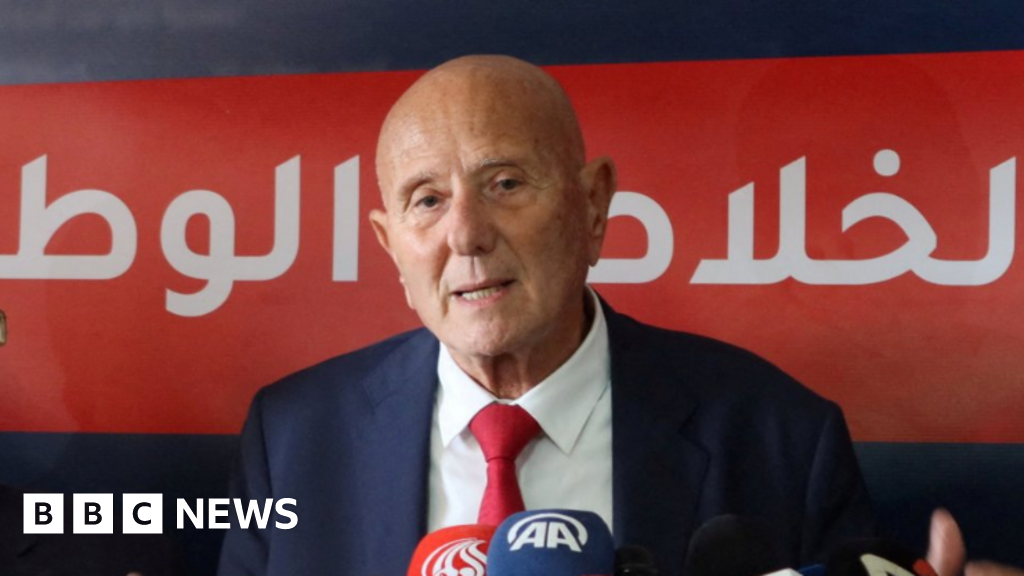Trump Administration's Move to Lower Prescription Drug Prices Faces Skepticism

This week, the Trump administration made headlines by pledging to tackle the exorbitant prices many Americans face for prescription medications. However, analysts and critics alike are questioning whether this promise will yield real results or if its merely a political maneuver.
On Tuesday, President Donald Trump took a significant step by signing an executive order that outlines a series of initiatives aimed at reducing drug prices through the Department of Health and Human Services (HHS). While some of the proposed measures have merit, others appear unlikely to lead to substantial change. Adding to the complexity, Trump and members of the Republican Party have simultaneously enacted policies that could lead to increased drug prices for numerous Americans.
One of the key components of the executive order focuses on enhancing the Medicare Drug Pricing Negotiation Program, which was originally established during the Biden administration. This program allows the government to negotiate prices for some of the most expensive prescription drugs on the market. The initial round of negotiations took place last year, resulting in ten drugs being designated for price reductions. However, these reductions won't take effect until 2026, raising concerns about the immediate impact of the current measures.
In the upcoming round of negotiations, which includes 15 drugs, the results are expected by the end of this year, with discounts projected to be realized by 2028. Among the drugs under scrutiny is semaglutide, the active ingredient in popular medications such as Ozempic and Rybelsus, which are used for managing type 2 diabetes, as well as Wegovy, a treatment for obesity. Notably, semaglutide-based drugs have a hefty price tag exceeding $1,000 per month without insurance, making them inaccessible for many eligible patients due to the high out-of-pocket costs. Achieving significant price reductions for these medications would indeed be a substantial achievement. However, the timeline suggests that any potential relief may not come until 2028, coinciding with what could be Trumps final year in office.
During this period of uncertainty, the HHS has introduced obstacles that could make it even more difficult for Medicare beneficiaries to afford these crucial medications. Currently, while Medicare provides coverage for certain diabetes medications, it does not cover weight loss drugs. This restriction means that many patients who might benefit from treatments like Ozempic aren't able to receive them unless they have diabetes or other related health conditions. Last year, the Biden administration proposed a rule that aimed to eliminate this restriction, potentially extending coverage to approximately 7 million Americans enrolled in Medicare and Medicaid by 2026. However, the Trump administration recently dropped this proposal, leaving many consumers in limbo. HHS chief Robert F. Kennedy indicated that the administration is contemplating some kind of framework to broaden coverage, but it remains unclear what that would entail, especially given Kennedy's previous skepticism about the efficacy of these drugs.
Another complexity in Trumps strategy is the so-called pill penalty, which refers to the eligibility timeline for drugs to be included in the negotiation program. Under the current rules, small molecule drugs, which are typically in pill form, must be on the market for seven years before they can enter negotiations. In contrast, biologicsmore complex drugs that are often administered via injectionface an 11-year delay. Trumps executive order states a desire to align the treatment of these two types of medications; however, it does not guarantee that the timeline for biologics will be shortened. Critics, including David Dayen from the Prospect and others, have pointed out that current pharmaceutical industry-backed Republican proposals appear to suggest extending the exclusivity period for small molecule drugs instead of creating a more equitable system.
A recent analysis from the Kaiser Family Foundation (KFF) revealed that a four-year delay in negotiations could eliminate over half of the drugs currently included in the program, including the essential semaglutide. Lengthening the exclusivity period for these drugs could result in significant lost savings for the government and ultimately exacerbate the financial burden on many Americans who depend on these medications.
Senator Ron Wyden (D-Oregon), a member of the Senate Finance Committee, openly criticized Trumps executive order, suggesting it would ultimately weaken drug pricing reform. Just like his first term, Trump is all bark and no bite when it comes to lowering the cost of prescription drugs, Wyden remarked. This executive order is rife with goodies that Big Pharma has been begging for, primarily by weakening Medicare negotiation, which is going to mean higher prices for American seniors and families while the drug companies get a windfall to the tune of $10 billion.
While there are some promising ideas within the executive ordersuch as initiatives aimed at lowering insulin costs, facilitating drug imports from other countries, and speeding up the approval process for generic drugsthese proposals are compromised by other actions taken by the administration. Notably, the FDA has experienced nearly a 20% reduction in its workforce due to a reorganization initiative, which is negatively impacting its ability to evaluate drug approvals effectively. Furthermore, the administration has begun laying the groundwork for potential tariffs on imported medications, raising concerns about the likelihood of increased costs and potential shortages, particularly concerning generic drugs.
In summary, despite the administration's promises to lower drug prices, historical trends and recent actions suggest that significant reductions are unlikely in the immediate future. For many Americans relying on essential medications, the hope for affordable prescriptions may remain just thathope.




























